Yellowtail Tamarin Wrasse
Description
The Yellowtail Tamarin Wrasse (Anampses meleagrides)—also known as the Yellowtail Wrasse, Spotted Wrasse, or Yellowtail Tamarin—is a beautifully patterned but challenging species best suited for experienced marine aquarists due to its sensitivity during acclimation and feeding.
🐠 Yellowtail Tamarin Wrasse Description:
-
Scientific Name: Anampses meleagrides
-
Common Names: Yellowtail Tamarin Wrasse, Spotted Wrasse, Yellowtail Wrasse, Psychedelic Wrasse (in some regions)
-
Origin: Indo-Pacific (e.g., Fiji, Great Barrier Reef, Maldives)
-
Size: Up to 6 inches (15 cm)
-
Coloration:
-
Males: Dark blue to black body with bright white or blue spots and a distinct yellow tail
-
Females/juveniles: More muted in color with scattered spots and a faded tail
-
-
Temperament: Peaceful but shy
-
Lifespan: 5–7 years with excellent care
🧪 Tank Requirements:
-
Minimum Tank Size: 75 gallons
-
Water Temperature: 72–78°F (22–26°C)
-
pH Level: 8.1–8.4
-
Specific Gravity: 1.020–1.025
-
Water Hardness: 8–12 dKH
-
Substrate: Fine sandbed (3+ inches) for burrowing and sleeping
-
Aquascape: Live rock for grazing, caves for hiding, and open swimming space
🍤 Diet:
-
Carnivorous, but very picky eater, especially at first:
-
Copepods and amphipods (natural prey)
-
Live foods (e.g., live brine shrimp, blackworms) to entice initial feeding
-
Enriched mysis and finely chopped seafood
-
May accept frozen foods once acclimated
-
Feed 3–4 times daily to ensure adequate nutrition, especially during early adaptation.
🤝 Compatibility:
-
Reef Safe: Yes – does not harm corals; may eat small inverts like flatworms or micro crustaceans
-
Tankmates:
-
Peaceful species only
-
Avoid aggressive or boisterous tankmates that may outcompete it for food
-
Best kept singly unless you have a large tank and experience with Anampses species
-
⚠️ Special Care Considerations:
-
Difficult to acclimate: Often starves if it doesn’t accept prepared food quickly
-
Requires pristine water quality – sensitive to fluctuations
-
Will burrow into the sand when stressed or sleeping – sandbed is non-negotiable
-
Known jumper – tight-fitting lid required
-
Quarantine is risky due to their delicate nature, but watch for parasites (like flukes) if skipping it
📝 Summary:
| Category | Details |
|---|---|
| Difficulty | Advanced |
| Reef Safe | Yes |
| Diet | Carnivore – picky eater |
| Min Tank Size | 75 gallons |
| Temperament | Peaceful |
| Best For | Experienced reef keepers with sandbed and lots of copepods |
Additional information
| Size | Large, Medium, Small |
|---|
Only logged in customers who have purchased this product may leave a review.
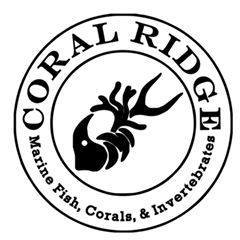


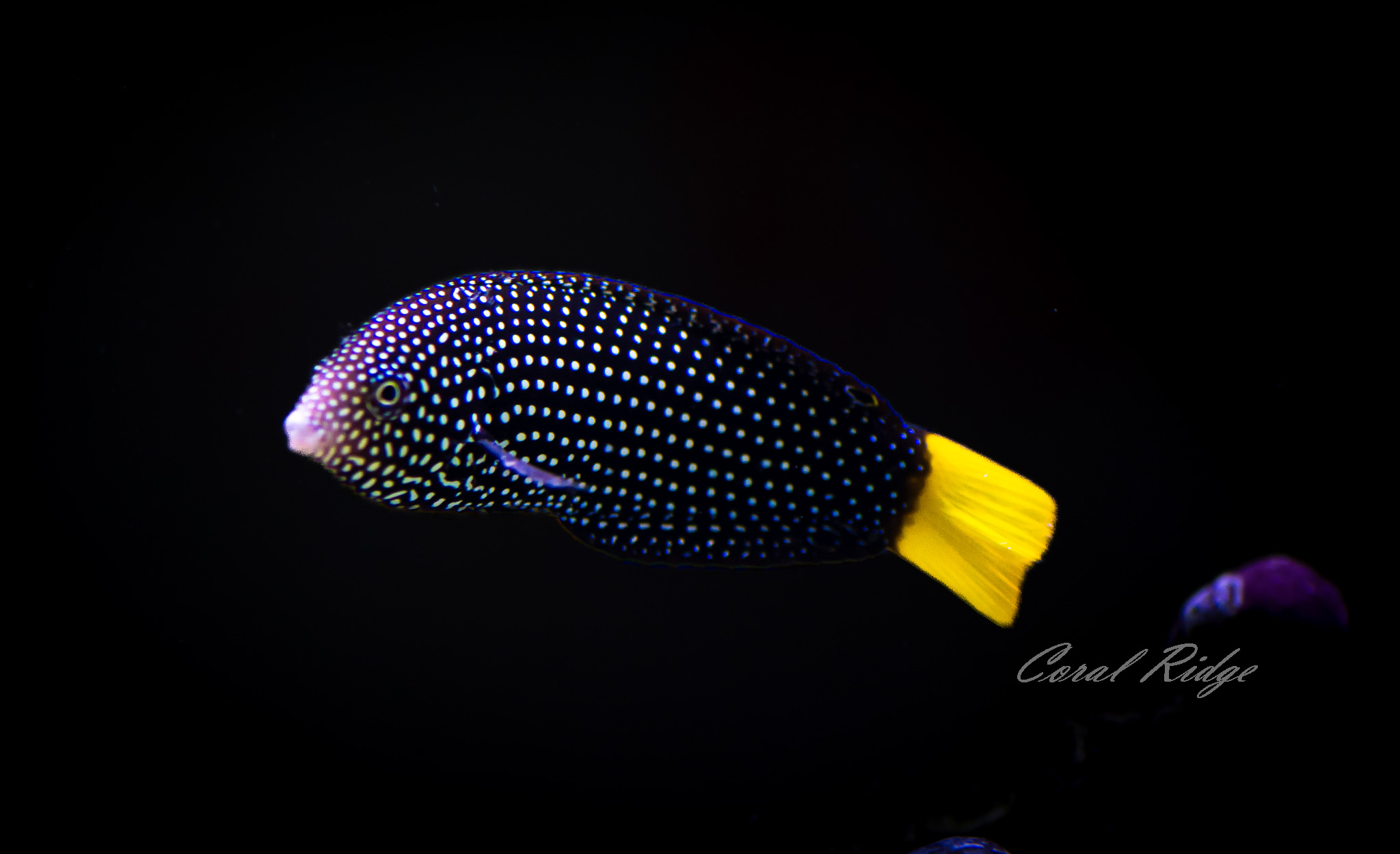

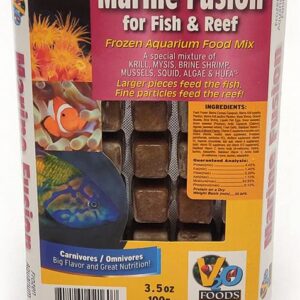
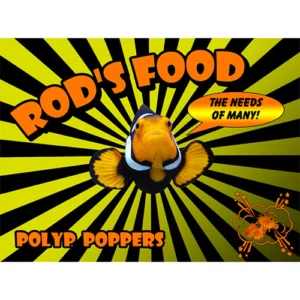

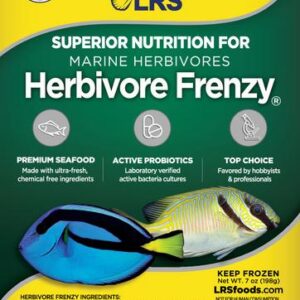
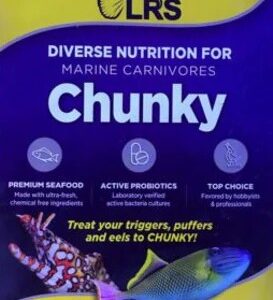
Reviews
There are no reviews yet.